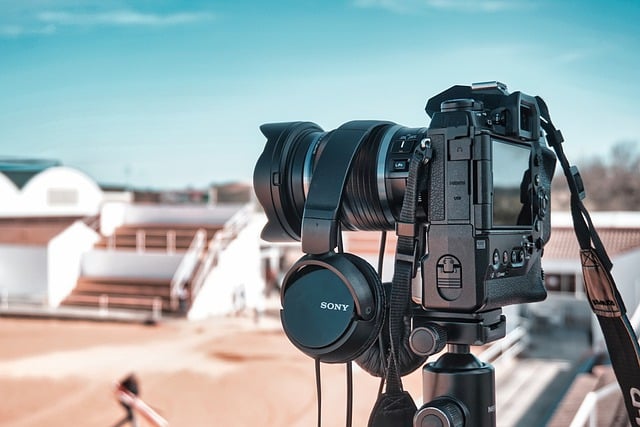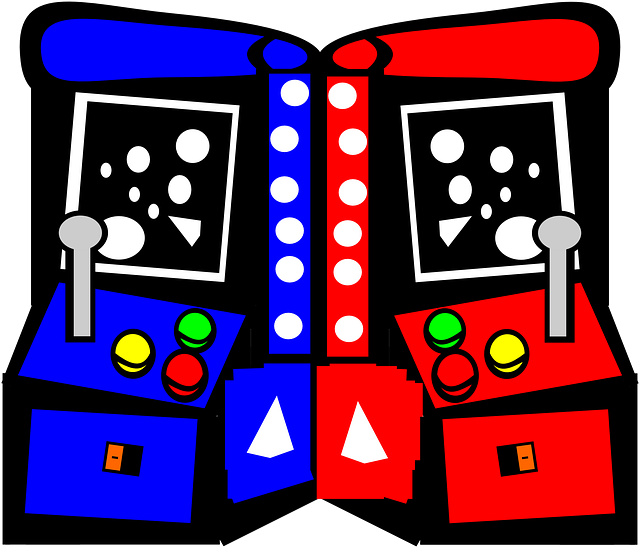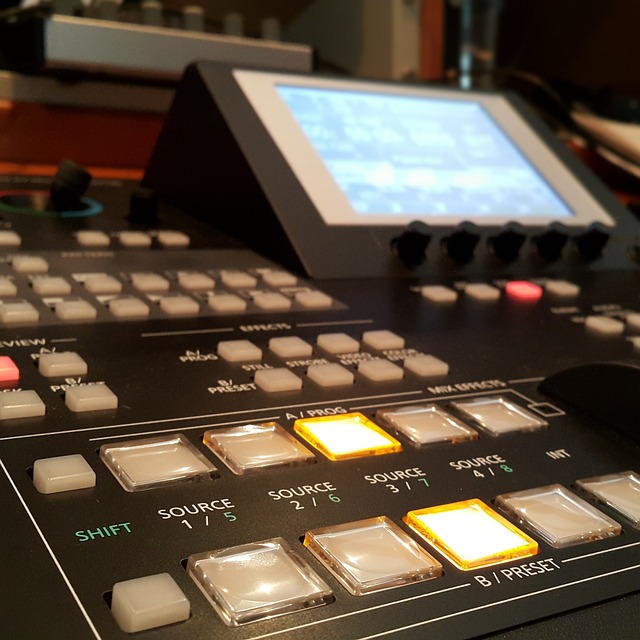Converting DivX to MP4 format offers significant benefits, addressing compatibility challenges and enhancing media accessibility. While DivX excels in compression, MP4's universal support ensures videos play on diverse devices like smartphones, tablets, TVs, and gaming consoles. This process involves using specialized conversion software to preserve quality and metadata, making it ideal for streaming and online distribution. By converting, users can enjoy their video content smoothly across modern platforms, as DivX support declines.
Looking to enjoy your videos on any device without hassle? Discover the power of converting DivX to MP4. This comprehensive guide explores the benefits of this format shift, including enhanced compatibility across platforms. We’ll delve into the fundamentals of DivX and MP4, highlight the advantages of conversion, address potential compatibility issues, and provide a step-by-step process for seamless transition. Learn how to ensure smooth playback post-conversion and unlock universal video accessibility.
Understanding DivX and MP4 Formats

DivX and MP4 are two popular video formats, each with its unique advantages and use cases. DivX, developed by DivX Holdings, was once a game-changer in terms of video compression, allowing for high-quality video playback while keeping file sizes relatively small. It’s particularly useful for streaming and downloading content due to its efficient compression algorithms. On the other hand, MP4 (MPEG-4 Part 14) is a more modern and versatile format that supports not only video but also audio, subtitles, and even interactive elements. This versatility makes MP4 the preferred choice for a wide range of multimedia applications.
Converting DivX to MP4 can be beneficial in several scenarios. For instance, if you have an older collection of DivX videos that you want to play on modern devices or share online, converting them to MP4 ensures compatibility and accessibility. The process involves using specialized video conversion software that can handle both formats effectively, preserving the quality and metadata of the original file while adapting it to the MP4 container.
Advantages of Converting DivX to MP4

Converting DivX to MP4 offers several significant advantages for media enthusiasts and content creators alike. One of the primary benefits is compatibility; MP4 (MPEG-4 Part 14) is a widely supported video format, ensuring that your content can be played seamlessly across a vast array of devices, from smartphones and tablets to smart TVs and gaming consoles. This universality is especially valuable in today’s diverse digital landscape where users prefer hassle-free playback without format restrictions.
Additionally, MP4 files are known for their efficient compression and high-quality encoding capabilities, maintaining excellent video and audio quality while significantly reducing file sizes. This makes them ideal for streaming and online content distribution, ensuring fast loading times and minimizing buffering issues. The Convert DivX to MP4 process not only simplifies device compatibility but also enhances media experiences by providing a superior visual and auditory feast, catering to the modern consumer’s demand for immersive entertainment.
Compatibility Issues with DivX

Converting DivX to MP4 can help overcome compatibility issues and ensure smooth playback on any device. DivX, while once popular for video encoding, has faced increasing challenges due to its limited support across modern platforms. Many newer devices and streaming services no longer support DivX format, making it harder for users to enjoy their DivX videos without problems.
Converting your DivX files to the more universally compatible MP4 format offers a straightforward solution. By doing so, you can play your videos seamlessly on various devices, from smartphones and tablets to smart TVs and gaming consoles. This conversion process ensures that video content remains accessible and enjoyable for users, regardless of the device they choose to use.
How Conversion Helps with Device Compatibility

Converting video formats, such as converting DivX to MP4, plays a pivotal role in ensuring seamless playback across diverse devices. The compatibility issue is a common challenge faced by users when attempting to play videos on new or different platforms. DivX, known for its high-quality encoding and compression, might not be natively supported by all modern media players or operating systems. This is where conversion comes into play.
By converting DivX files to universally compatible formats like MP4, users can unlock a world of device accessibility. MP4, with its widespread adoption and support across various devices and applications, guarantees compatibility without the hassle of format-specific issues. Therefore, converting your DivX videos to MP4 allows for smooth playback on smartphones, tablets, smart TVs, gaming consoles, and computers alike, providing an uninterrupted viewing experience.
Step-by-Step Guide: Converting DivX to MP4

Converting DivX to MP4 is a straightforward process that allows for seamless playback on any device. Here’s a step-by-step guide to help you through it.
1. Choose a Reliable Converter: Start by selecting a trusted video converter tool. Many free options are available online, but ensure the converter supports DivX input and MP4 output formats. Some popular choices include HandBrake, Format Factory, and Online Convert.
2. Load Your DivX File: Open the chosen converter and look for the ‘Add’ or ‘Import’ button. Select your DivX video file from your device’s library. The converter will analyse the file, displaying its properties on-screen.
3. Select MP4 as Output Format: Navigate to the output settings and choose MP4 as the format option. This ensures that your converted file is compatible with a wide range of devices and media players. You might also have the ability to adjust video resolution or quality here, according to your preference.
4. Start Conversion: Once you’re satisfied with the settings, initiate the conversion process. The converter will process your DivX video, converting it into MP4 format. This step may take some time, depending on the file size and complexity.
5. Save and Enjoy: After successful conversion, the tool will provide options to save or directly play the converted MP4 file. Save the file to a location of your choice, and you’re now ready to enjoy smooth playback on any device that supports MP4 format.
Ensuring Smooth Playback After Conversion

Converting a file, like converting DivX to MP4, ensures compatibility across devices and platforms. It’s crucial to choose a reliable conversion tool that accurately preserves video quality during the process. This is because different devices have varying playback standards and codecs; a successful conversion bridges this gap, allowing for smooth playback without format-related hiccups or loss in resolution.
After converting, it’s essential to verify the output. Check if the video plays seamlessly on your target devices—smartphones, tablets, computers, streaming platforms, etc. A good test is to play the converted file on multiple devices and compare its performance with the original DivX file. This ensures that the conversion was successful and the final MP4 format is suitable for all intended playback scenarios.
Converting DivX to MP4 offers a seamless solution for ensuring smooth playback across various devices. By adopting this conversion process, users can bid farewell to compatibility concerns and enjoy their multimedia content without any hiccups. With a simple step-by-step guide, the transition is straightforward, making it an ideal choice for anyone seeking a reliable way to maintain video accessibility. So, why wait? Start converting DivX to MP4 today and unlock a world of device-agnostic entertainment.
